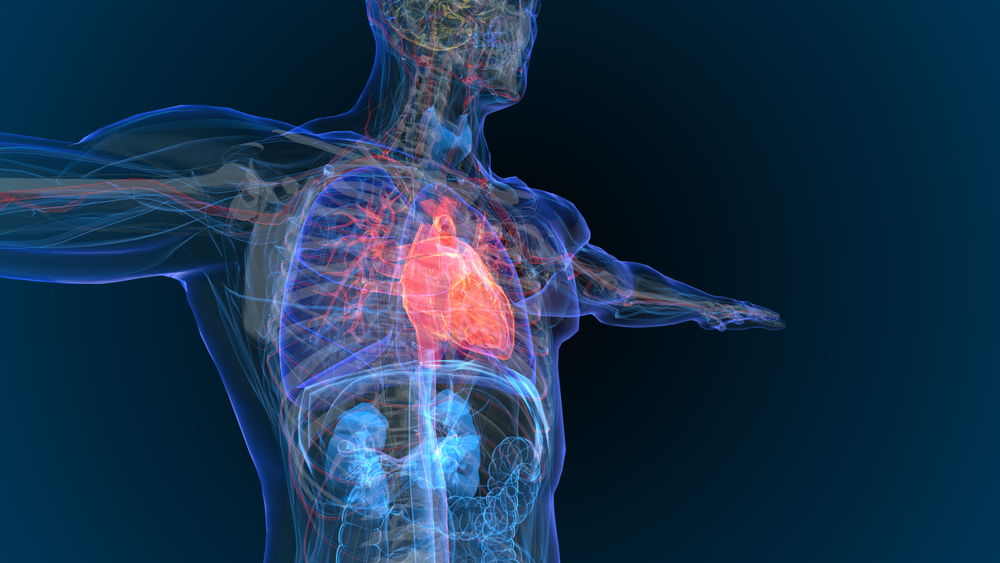According to the results of this cohort anaysis, baseline plasma levels of HMGB1 were higher in Black individuals than in white individuals (3.86 vs. 3.20 ng/mL, P<0.001), and higher in females compared to males (3.75 vs. 3.30 ng/mL, P=0.005). “This is the first study to demonstrate the age, sex, and race differences in circulating HMGB1,” the researchers wrote in the study abstract.
“Danger Molecule” for Subclinical Cardiovascular Risk Prevalent in Black Women
–
This JAMA Cardiology study of more than 283,000 individuals from UK Biobank looked at the estimated associations between measured lipoprotein(a) and lipoprotein(a) genetic risk scoring with atherosclerotic cardiovascular disease incidence using Cox proportional hazard models. Lipoprotein(a) genetic risk scoring explained about 60% of variations between lipoprotein(a) measures in white/European individuals. Both lipoprotein(a) and lipoprotein(a) genetic risk scoring were linked with incident, composite atherosclerotic cardiovascular disease (P<0.001). “Our results showed that if someone already had their lipoprotein(a) measured, then the incremental predictive benefit of a genetic test is negligible,” one study author said in a press release.
Genetic Testing for Lipoprotein(a) Comparable to Conventional Blood Work
–
Researchers for this paper estimated the incidence, risk factors, and outcomes associated with in-hospital cardiac arrest and cardiopulmonary resuscitation in critically ill adults with COVID-19 at 68 geographically diverse hospitals across the United States. The researchers found that 14.0% of the 5,019 critically ill patients had in-hospital cardiac arrest, and of these patients, 57.1% received cardiopulmonary resuscitation. “Our study data could help inform patients, family members, and clinicians in complex decision making about patients with COVID-19 who are at risk of cardiac arrest or who have experienced cardiac arrest,” the authors wrote.
In-Hospital Cardiac Arrest Common in Critically Ill With COVID-19
–
This analysishttps://www.mdpi.com/2077-0383/9/10/3164 included more than 2,220 consecutive patients with symptomatic atrial fibrillation (AFib) who underwent catheter ablation (20.3% women, 59.0% paroxysmal AFib). The team reported that non-paroxysmal AFib (P<0.001), overweight status (P=0.020), left atrium dimension (P=0.004), duration of AFib (P=0.004), and late gadolinium enhancement (P<0.001) were all significantly associated with AFib recurrence following catheter ablation.
–
Credit: Original article published here.










